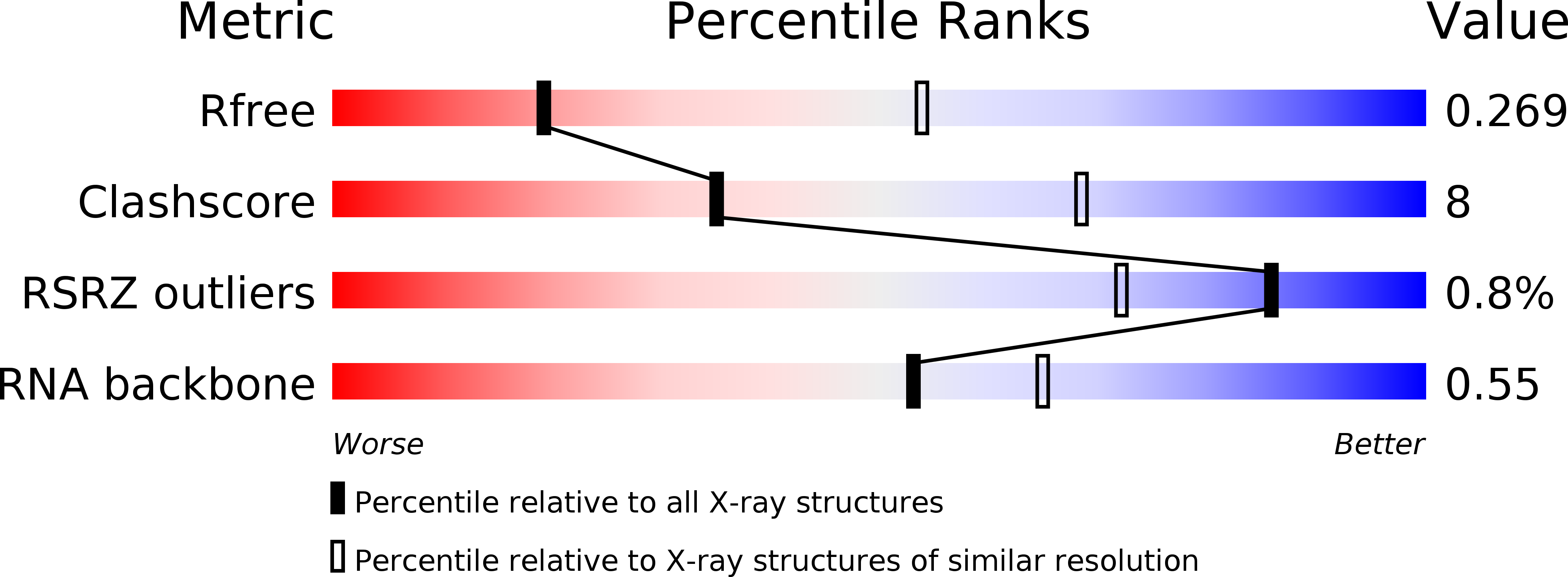
Deposition Date
2019-09-24
Release Date
2019-11-20
Last Version Date
2024-03-13
Entry Detail
PDB ID:
6UFH
Keywords:
Title:
Co-crystal structure of M. tuberculosis ileS T-box in complex with tRNA-3'-2'3'cyclic phosphate
Biological Source:
Source Organism:
Mycobacterium tuberculosis (Taxon ID: 1773)
Method Details:
Experimental Method:
Resolution:
3.10 Å
R-Value Free:
0.26
R-Value Work:
0.21
R-Value Observed:
0.22
Space Group:
P 1 21 1


